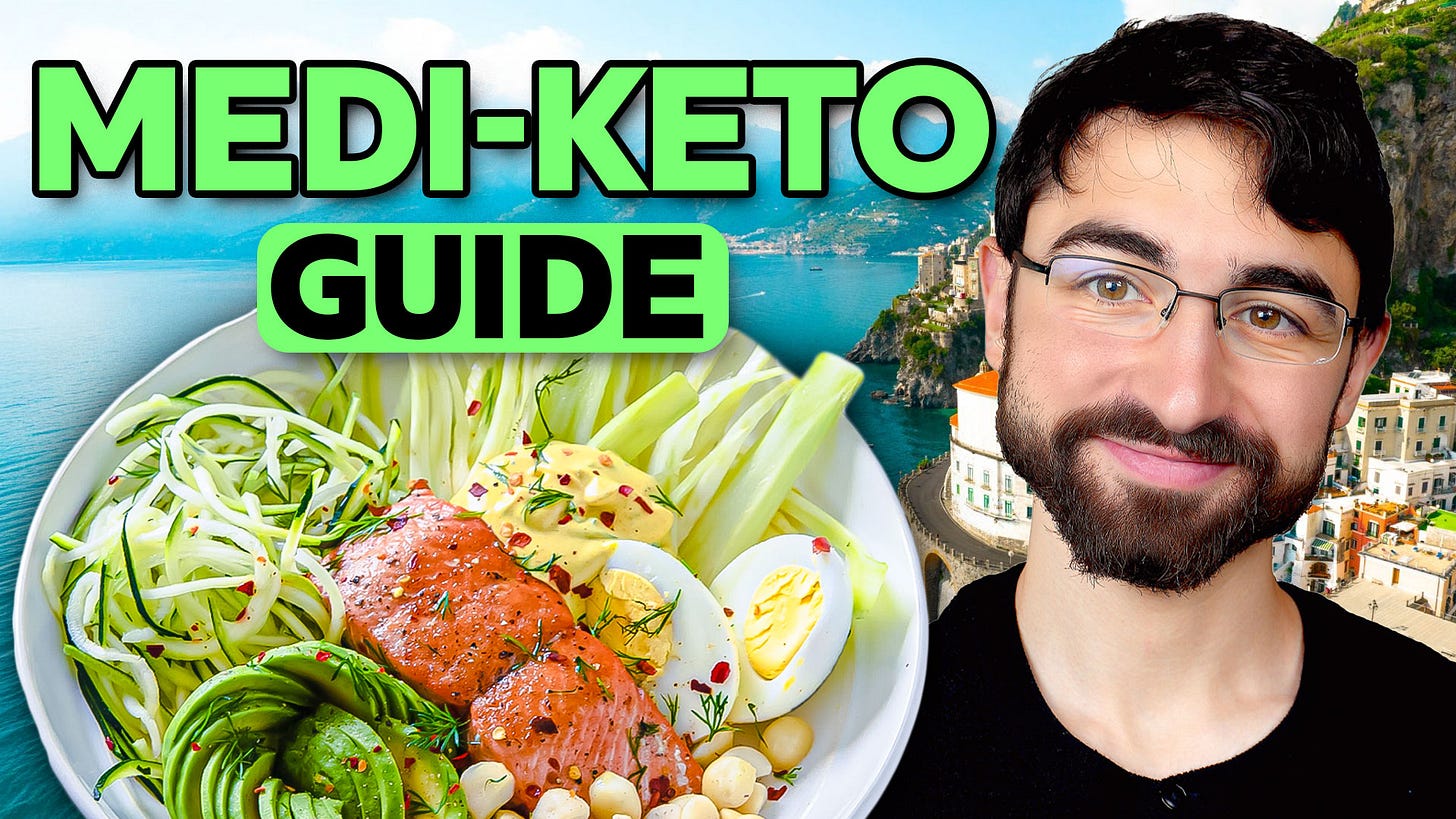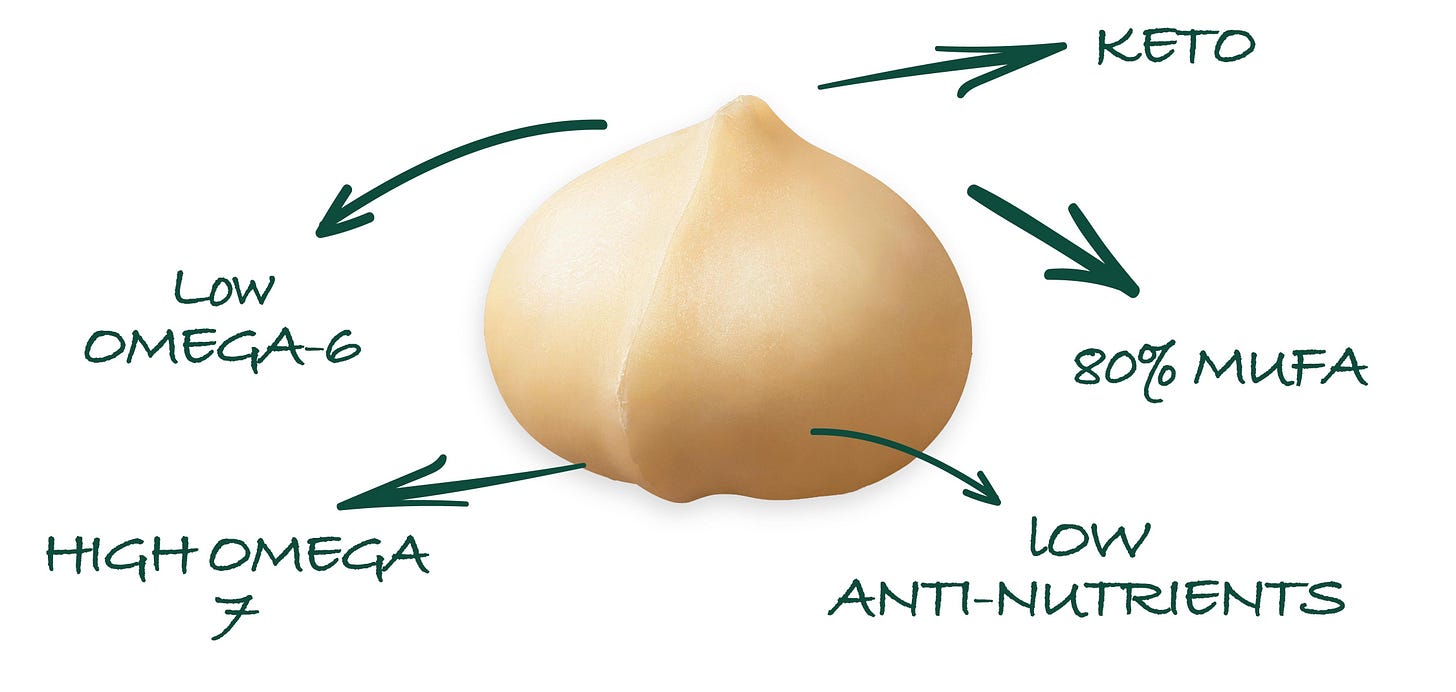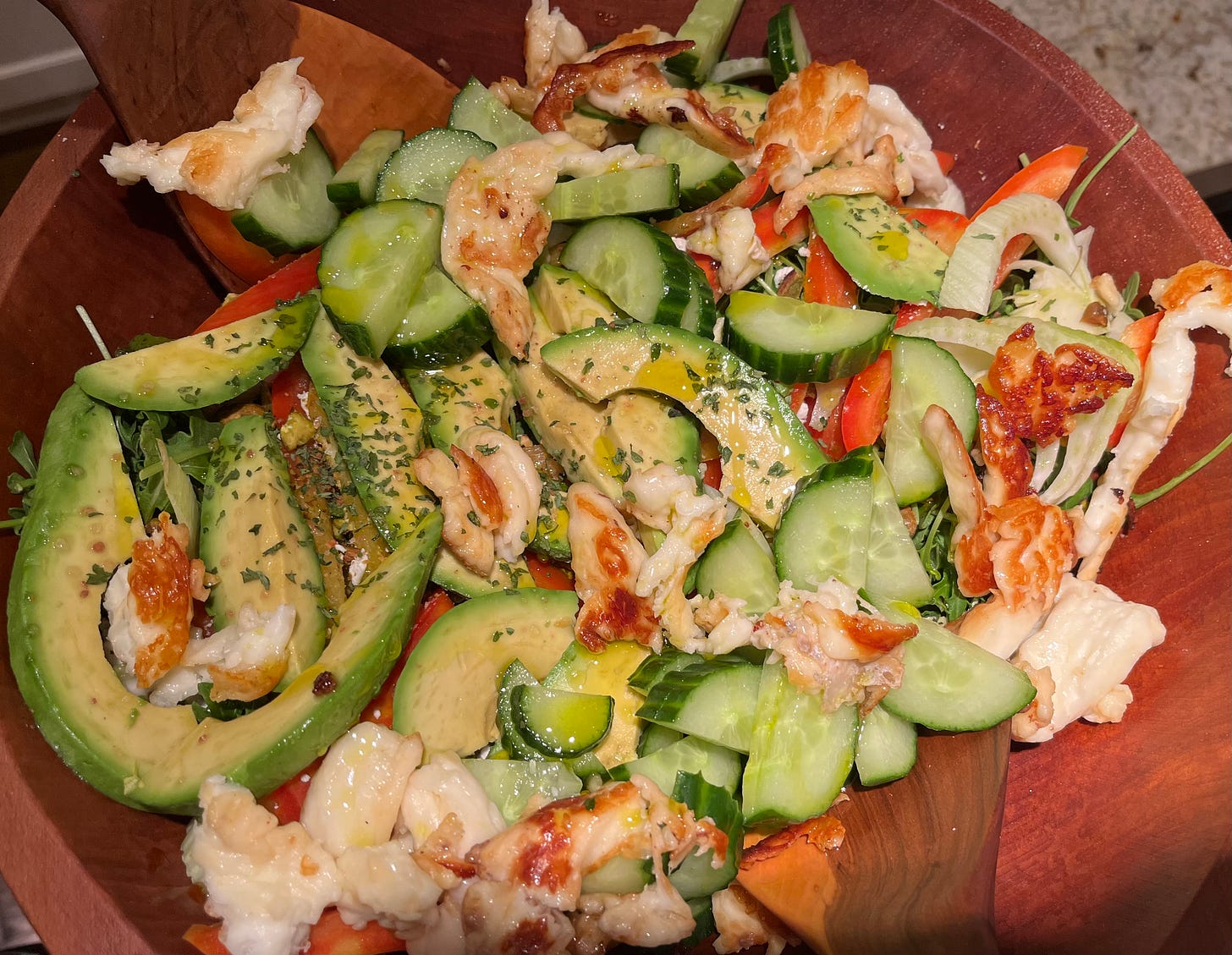How to Start a Mediterranean Ketogenic Diet: A Step-by-Step Guide
A Mediterranean ketogenic diet is an excellent entry point to a ketogenic lifestyle. We'll discuss the "How To" of Medi-Keto, including preparation, my top 9 foods, and common Q&A.
A few years ago, while pursuing my PhD in Metabolism at the University of Oxford, I co-wrote a cookbook on the Mediterranean Ketogenic (“Medi-Keto”) Diet. It was an incredible experience—not just because it gave me an excuse to step out of the lab and taste-test delicious dishes —but because I wanted to provide a practical, accessible way for people to start a ketogenic lifestyle that, in many cases, can be truly transformative, even lifesaving.
But here’s a hard fact: despite its many benefits—including for obesity, diabetes, mental health, autoimmune and inflammatory conditions —ketogenic diets are still grossly misunderstood.
Many people assume keto is all about bacon, butter, and steak, low in fiber, and at odds with what most have been taught, and internalized over their life courses, is “healthy.”
That’s a huge misconception.
Ketosis isn’t about specific foods—it’s about a metabolic state, where you’re producing ketone bodies. You can be keto while eating anything from a fully vegan diet to a fully carnivore one.
In general, ketogenic diets are:
Moderate Protein
~70%+ Calories from Fat
<25 g Carbs per day
But there is not one ketogenic diet. There are infinite.
And a Mediterranean ketogenic diet is an excellent entry point for many people because it balances the perceived health benefits of Mediterranean eating with the metabolic advantages of ketosis.
Simply put, Medi-Keto is a low-friction dietary entry point to low-carb diets for many people. And it’s diverse and delicious!
Here’s a roadmap to what we will cover in the rest of this letter:
4 ‘Musts’ for Preparing to start on your Ketogenic Lifestyle
My 9 favorite Medi-Keto foods
Common Q&A
4 ‘Musts’ To Prepare for your Ketogenic Journey
The key to success with any new lifestyle is preparation.
Yes, it’s true, change always takes willpower, but you want to minimize your need to exert willpower and maximize your motivational factors. Here’s how you do that.
(i) Construct your environment to support your new way of eating.
That means – first and foremost – getting rid of sugar and processed carbs from your living spaces. I realize this might not be feasible for everyone, especially if you have a family or roommates who don’t eat low carb. But, as much as possible, purge your environment of temptation. This will really make the transition easier.
And over the long term, you may find your cravings and urges go away. They did for me.
(ii) Find a community to support you.
Honestly, the hardest part of a ketogenic diet is not missing carbs, but the social element. Find an accountability buddy or support group.
Online communities (Facebook groups, Twitter/X, etc.) are great for that.
But in the modern food and social environment where there is still a stigma on not eating carbs, and Saying “No” to sugar pushers, there a risk of feeling like a social pariah when you go keto. So, please be mindful to know who your supporters are and who cheerleaders will be
(iii) Prepare your diet plan.
Know what your general meal plan will look like. For a ketogenic diet, it’s good to be aware of the carb contents of foods you commonly eat and have your go-to foods on hand and shopping lists at the ready. The next portion of the video will hopefully help you with that.
This one isn’t a ‘must,’ but I strongly recommend it…
(iv) Get a meter to track your ketones and/or glucose.
There are hidden carbs everywhere!
Tools like a ketone blood meter and continuous glucose meter are great ways to provide an honest check of how you’re doing and adjust your protocol along the way. Options include:
Keto Mojo - Click HERE
Levels, Continuous Glucose Monitor - Click HERE to get 2 months off an annual membership)
My 9 favorite Medi-Keto Foods
#1. Fatty Fish
Fatty Fish are a great source of protein, healthy fats, and micronutrients to support muscle growth, brain health, healthspan and even longevity.
Remember the acronym SMASH for Salmon, Mackerel, Anchovies, Sardines and Herring. For salmon, I’d give Wild Alaskan Sockeye the edge of health and for Sardines, I suggest getting whole sardines (skin and bone) packed in BPA-free tins with water or brine, rather than with oil.
#2. Extra Virgin Olive Oil
Practically speaking, what you need to know is how to pick a real extra virgin olive oil, as many bottles labeled “extra virgin” aren’t actually extra virgin and aren’t as healthy.
My top 3 tips for choosing a real extra virgin olive oil are:
Dark glass or metal bottle, not plastic or clear
“Pressed” or “Harvest” date within the last 2 year
Look for a bottle that’s transparent about where the olives come from, ideally single source.
Picking a good extra virgin olive oil is kinda’ like online dating—watch out for fakes, check for transparency, and if the story is shady, swipe left.
And for more on a special compound in olive leaves that protects against muscle aging, see this video:
#3. Macadamia Nuts (King of Nuts!)
Macadamia are the lowest carb nut, super versatile, with an amazing fat profile. They’re even higher in monounsaturated fat than olive oil, and rich in the rare omega-7 (palmitoleic acid), which has impressive array of health benefits. For more:
Macadamia have a reputation for being expensive, but don’t need to be.
I’ve been eating House of Macadamia nuts for about 6 years, and if you buy their kilogram bag – and yes using my discount code, NICK15 – it’s only 84 cents. And I love using the macadamia oil for cooking my fish, steaks, and eggs and making homemade mayo.
For House of Macadamia Products, click HERE
#4. Avocado
Everyone’s favorite keto fruit. High in monounsaturated fat, fiber (if that’s a goal), and great for dips, salads (avocado and fried Halloumi cheese!), or just a snack on its own.
#5. Dark Chocolate
Yes, indeed dark chocolate is healthy. It’s good for the heart, brain, and it’s good for the tongue too. But there’s a catch. It needs to be real dark chocolate, which I take to mean 85%+. I know… hardcore, right?!
For more on the benefits of chocolate, see a blog I wrote HERE.
#6. Sesame
Sesame and sesame products, in particular tahini, are great for adding texture to foods, like seafood, as dressings – like a garlic-anchovy-tahini dressing for roast zucchini or eggplant or fish – and it’s packed with healthy fats.
In fact, sesame oil might be particularly ketogenic for reasons related to the high polyunsaturated fat profile and possibly particular lignans found in the sesame.
I personally find that sesame oil is among the most ketogenic fat sources for me. I can get my ketones up to 6.0 mM in 20 hours using sesame oil. For more technical on how ketosis works, please click HERE.
*The rest of the letter will complete the list of my 9 favorite Medi-Keto foods and cover 5 Common Q&A
Keep reading with a 7-day free trial
Subscribe to Nicholas’s Substack to keep reading this post and get 7 days of free access to the full post archives.






